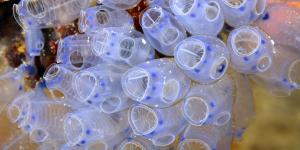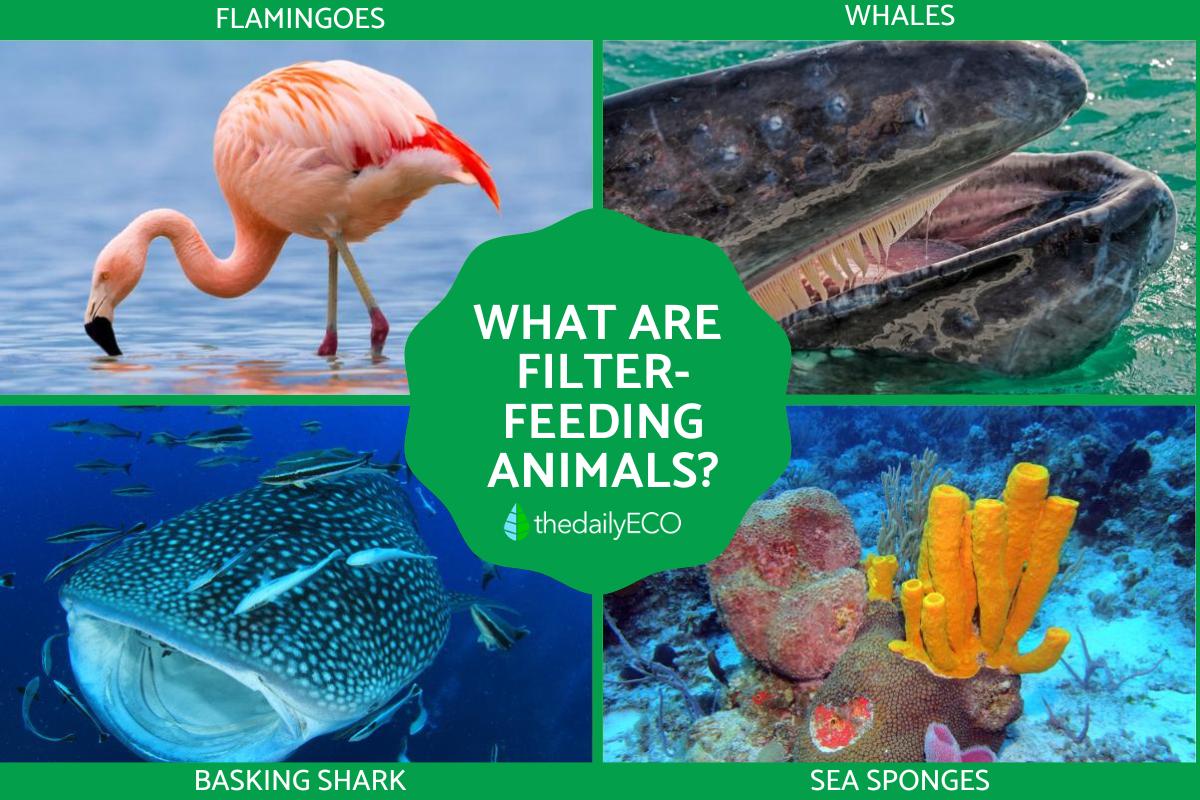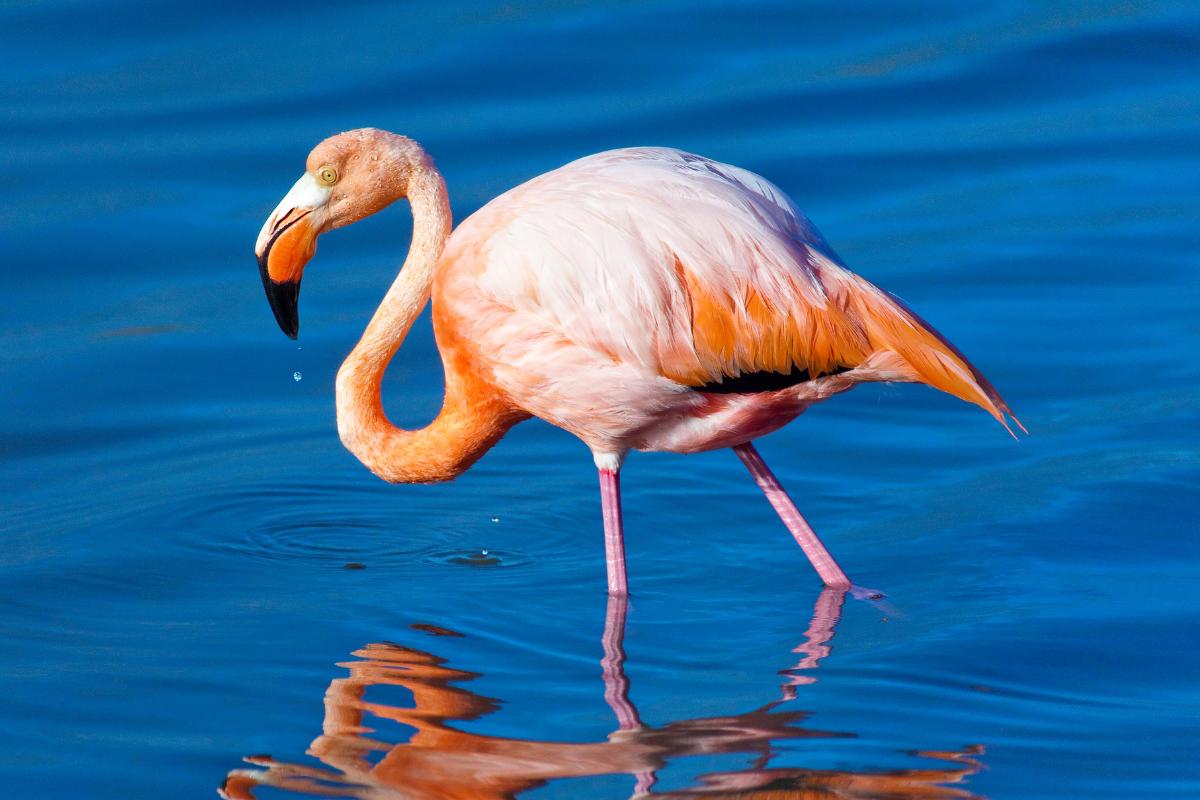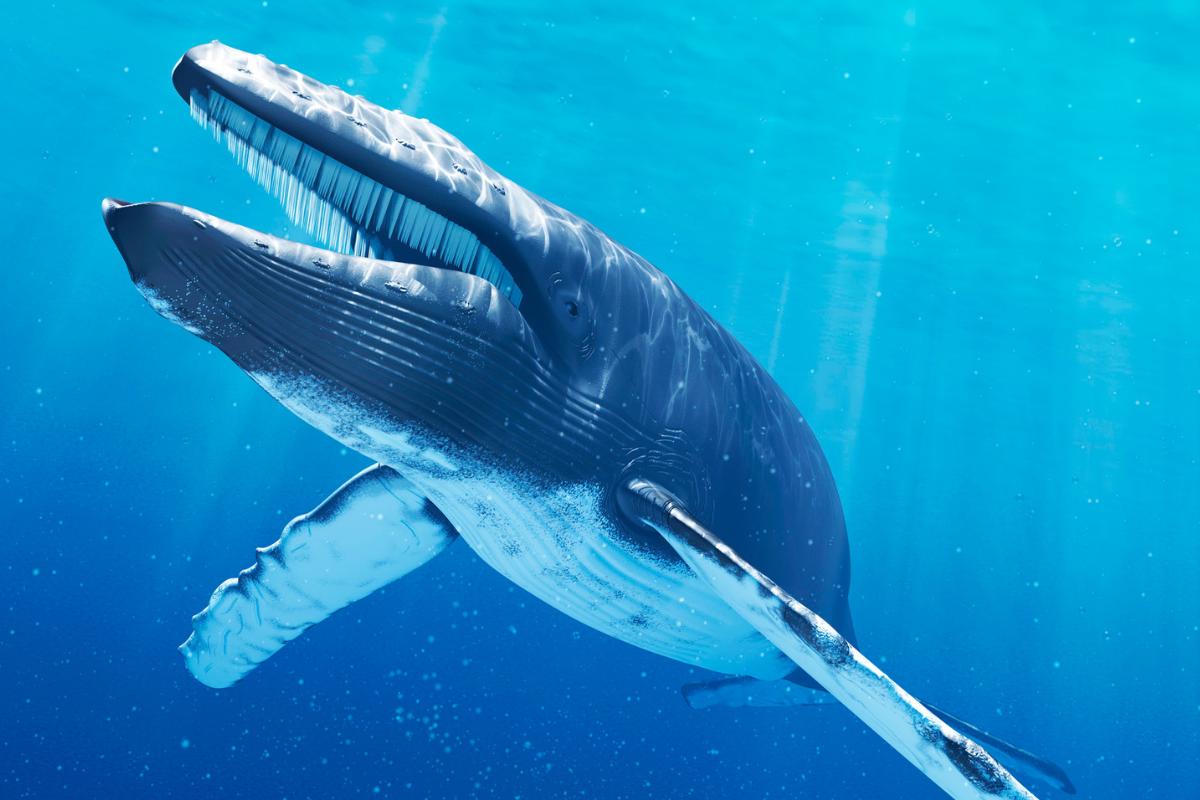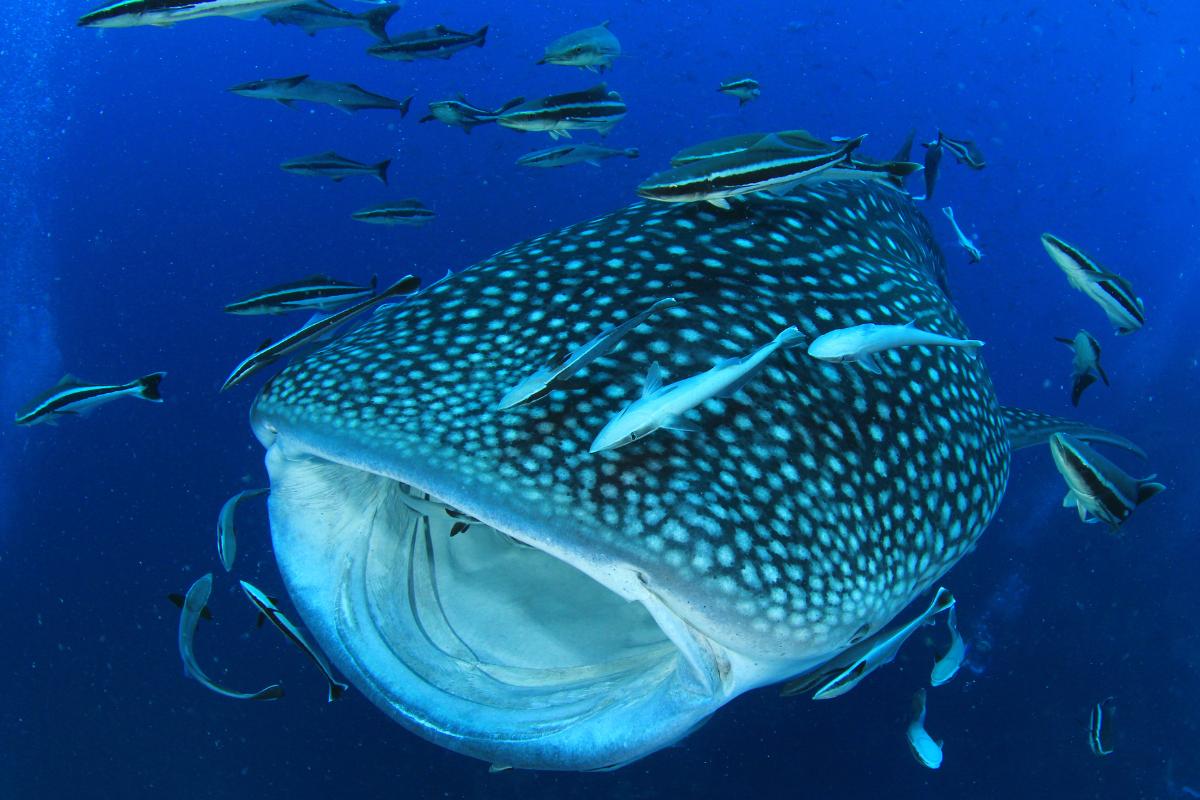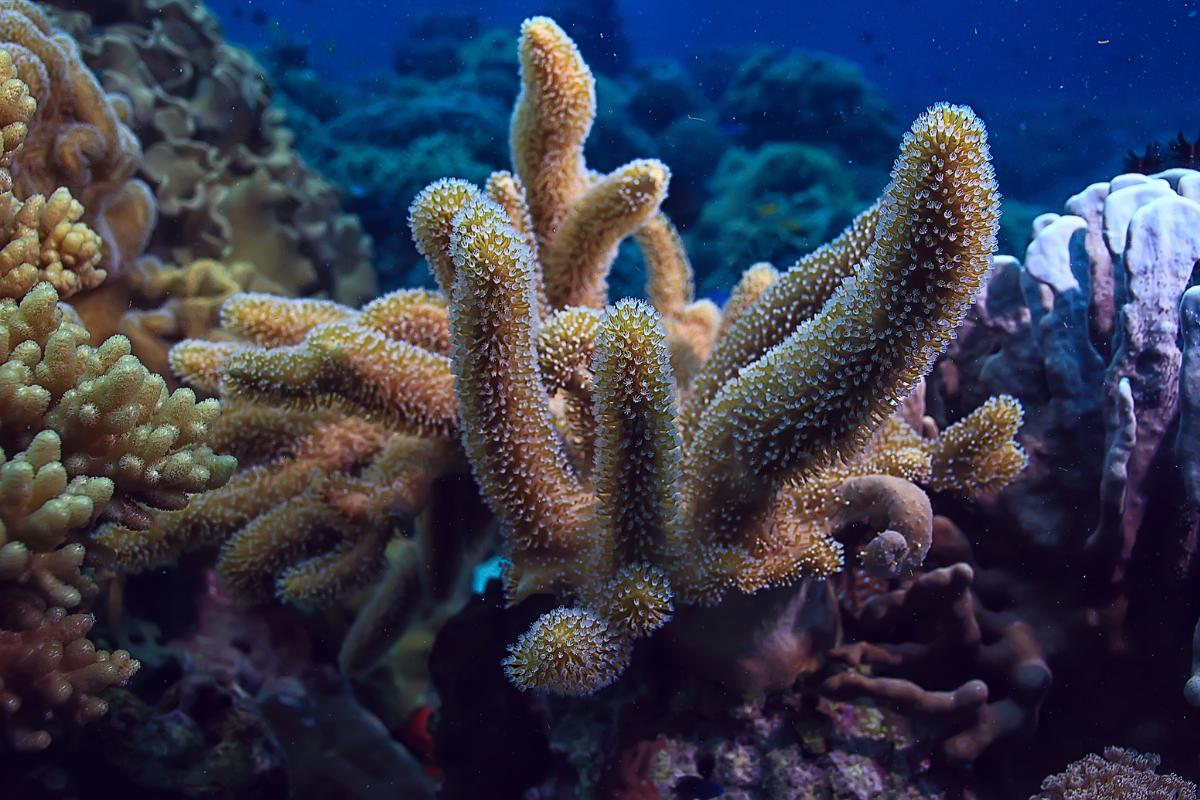What Are Filter Feeding Animals?


Have you ever stopped to think about how some animals in the vast ocean manage to find sustenance? Unlike the known powerful predators with razor-sharp teeth, many aquatic creatures rely on a much more delicate approach – filter feeding. These fascinating animals are the ultimate opportunists, extracting microscopic food particles suspended in the water column.
In this article by thedailyECO, we explore which animals are considered filter feeders, their main characteristics, how they eat, and various examples.
What does it mean if an animal is a filter feeder?
Filter-feeding animals are those that obtain their food by filtering particles from their aquatic environment.
Filter-feeding animals do not actively pursue prey. Instead, they depend on water currents or their own movement to pass water through specialized filtering mechanisms. These mechanisms, which vary significantly among species, are essential to their feeding strategy.
Unlike animals with complex mouths designed for direct consumption, filter-feeders lack such specialized oral structures. Instead, they utilize their unique filtering systems to extract and ingest the nutrients they need from the water.
Filter-feeders consume a range of substances from the water, including plankton, bacteria, detritus, tiny animals, plants, and organic matter. Also, since filter feeders don't actively chase prey, they can expend less energy on finding food. This allows them to survive in environments where food is scarce and widely dispersed.
Interestingly, filter-feeding is not restricted to aquatic species. Some birds, mammals, and invertebrates also employ this feeding strategy.
Types of filter feeders
Filter feeders employ two main strategies to obtain food by sieving tiny particles suspended in the water column:
Active filter feeders
Active filter feeders create water currents to draw in food particles. This strategy allows them to exploit food patches or target specific prey.
These feeders are constantly on the move. Whales, for instance, swim with their mouths open, generating a current that pulls in plankton-rich water. Manta rays utilize their wide pectoral fins to "fly" through the water, creating a feeding current that draws in food particles. Some active feeders can target specific food sources. Basking sharks employ "ram filtering," swimming with their mouths open to filter out plankton as they move through dense prey patches.
Many active feeders possess unique structures to enhance their feeding efficiency. Baleen whales, for example, have baleen plates that act like giant sieves, filtering out krill and other small organisms as the whale takes a mouthful.
Passive filter feeders
Passive filter feeders rely on existing currents or water movement to bring food particles directly to their filtering mechanisms. This strategy is highly energy-efficient.
These feeders often adopt a fixed location in areas with strong currents. Mussels, for example, often attach themselves to rocks or other structures in rivers or tidal zones with consistent water flow, ensuring a steady supply of food particles.
Despite being stationary, passive feeders possess highly efficient filtering structures. Gills in clams and mussels function as sieves, allowing water to pass through but trapping tiny food particles. Sponges use cilia, microscopic hair-like structures, to create currents that draw in suspended food particles.
A major advantage of passive feeding is minimal energy expenditure. Since they don't actively chase prey or create currents, they can conserve energy in environments where food availability is unpredictable.
Examples of filter-feeding birds
While most filter feeders are aquatic animals, there are a few bird species that have adapted to filter feeding techniques to obtain their food.
Ducks
Ducks are versatile feeders, belonging to a category of mixed-feeding filter-feeding birds. Depending on the situation, they may use their filter-feeding structures to sift through water or employ their small, tooth-like structures to chew their prey.
Flamingos
Flamingos are a unique case in the animal kingdom, known for their distinctive pink color, which comes from the algae they consume. They employ a specialized method of feeding by filtration.
To feed, a flamingo often positions its head almost upside down in the water. This allows the larger upper beak to move up and down more freely, aiding in the crushing and filtering of food. Flamingos also use a side-to-side head movement to help water flow into their beak, which facilitates the filtering process. Their tongue plays a crucial role in drawing water into the beak and assisting in the separation of food from the water.
Ever wondered why flamingos have those uniquely shaped beaks? Explore the fascinating world of bird beaks and their diverse functions in another article on our page.

Examples of filter-feeding mammals
Mammals, with their complex digestive systems and reliance on larger prey items, are generally not filter feeders. Their teeth and digestive tracts are specifically adapted for capturing and processing larger food sources. However, there are some examples of mammals who have developed filter-feeding strategies. Such is the case of baleen whales. Unlike other mammals, these whales do not have teeth. Instead, they possess thin, flexible sheets made of keratin, known as baleen, located in the upper jaw.
As baleen whales swim, they keep their mouths open, allowing water to flow in. The water is then expelled with the help of their tongues, while the baleen plates trap fish and other prey of appropriate size.
Despite their enormous size, baleen whales primarily feed on small fish, mollusks, krill, and plankton. For these tiny creatures to be a substantial food source, they need to be in large groups or schools. Some examples of filter-feeding baleen whales include:
- Balaenoptera borealis (Sei Whale)
- Caperea marginata (Pygmy Right Whale)
- Eschrichtius robustus (Gray Whale)
- Eubalaena australis (Southern Right Whale)
- Balaenoptera musculus (Blue Whale)
These species have adapted their feeding mechanisms to efficiently capture and consume vast quantities of small marine organisms, allowing them to sustain their large body sizes.
From gentle giants to deep-sea hunters, whales come in all shapes and sizes. But do they all have teeth? Find out in another article on our page.

Examples of filter-feeding fish
While most fish are active predators that chase down their prey, there are several fish species that have evolved filter-feeding strategies. These fish occupy a wide range of sizes, from the massive whale shark, reaching up to 40 feet in length, to smaller fish like menhaden.
Filter-feeding fish allow water to flow into their mouths until it reaches their gills, where specialized structures, often with spines or gill rakers, trap food particles while expelling the water. Some examples of filter-feeding fish include:
- Atlantic Menhaden (Brevoortia tyrannus)
- Basking Shark (Cetorhinus maximus)
- Whale Shark (Rhincodon typus)
- Megamouth Shark (Megachasma pelagios)
Ever wondered why fish swim in schools? Explore the fascinating reasons behind fish shoaling in another article on our page.

Examples of filter-feeding invertebrates
Invertebrates make up the vast majority of filter feeders in the ocean and some freshwater environments. These animals possess a remarkable variety of adaptations to capture microscopic food particles suspended in the water column.
- Marine sponges: these animals filter feed by using cells with flagella to retain protozoa and organic particles from the water, which serve as their food. These food particles are then trapped by specialized cells within the sponge's body for consumption.
- Sea Cucumbers: sea cucumbers filter their food from the water, typically consuming algae and tiny mollusks.
- Mollusks: this group includes oysters, scallops, and mussels. These mollusks draw in water that contains their food, trapping food particles with their gills and a gelatinous substance. They process the water to remove impurities. Mussels, for example, filter organic matter and plankton suspended in the water, using cilia to move the liquid and food through their bodies.
- Krill and mysids: these small crustaceans feed on plankton from the aquatic environment. They possess structures known as feeding baskets, which trap plankton to serve as their food.
Did you know octopuses, like many filter feeders, are invertebrates? Learn more about the diverse group of invertebrates in the animal kingdom

If you want to read similar articles to What Are Filter Feeding Animals?, we recommend you visit our Biology category.
- Schnetzer, J. (2023). A glow in the dark: Journey to the fascinating world of the oceans. Spain: Siruela.
- Escolásico León, C., Claramunt Vallespí, T. (2013). ECOLOGY II: COMMUNITIES AND ECOSYSTEMS. Spain: UNED.

